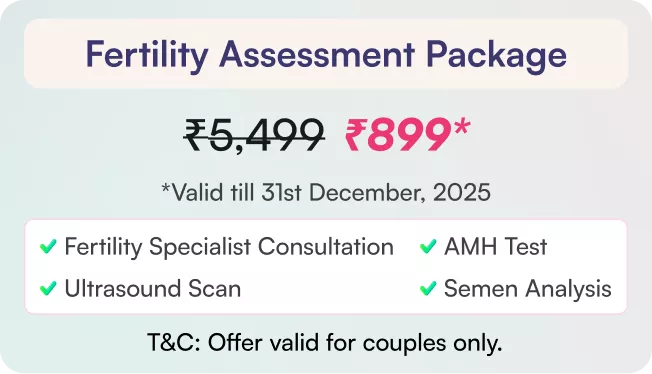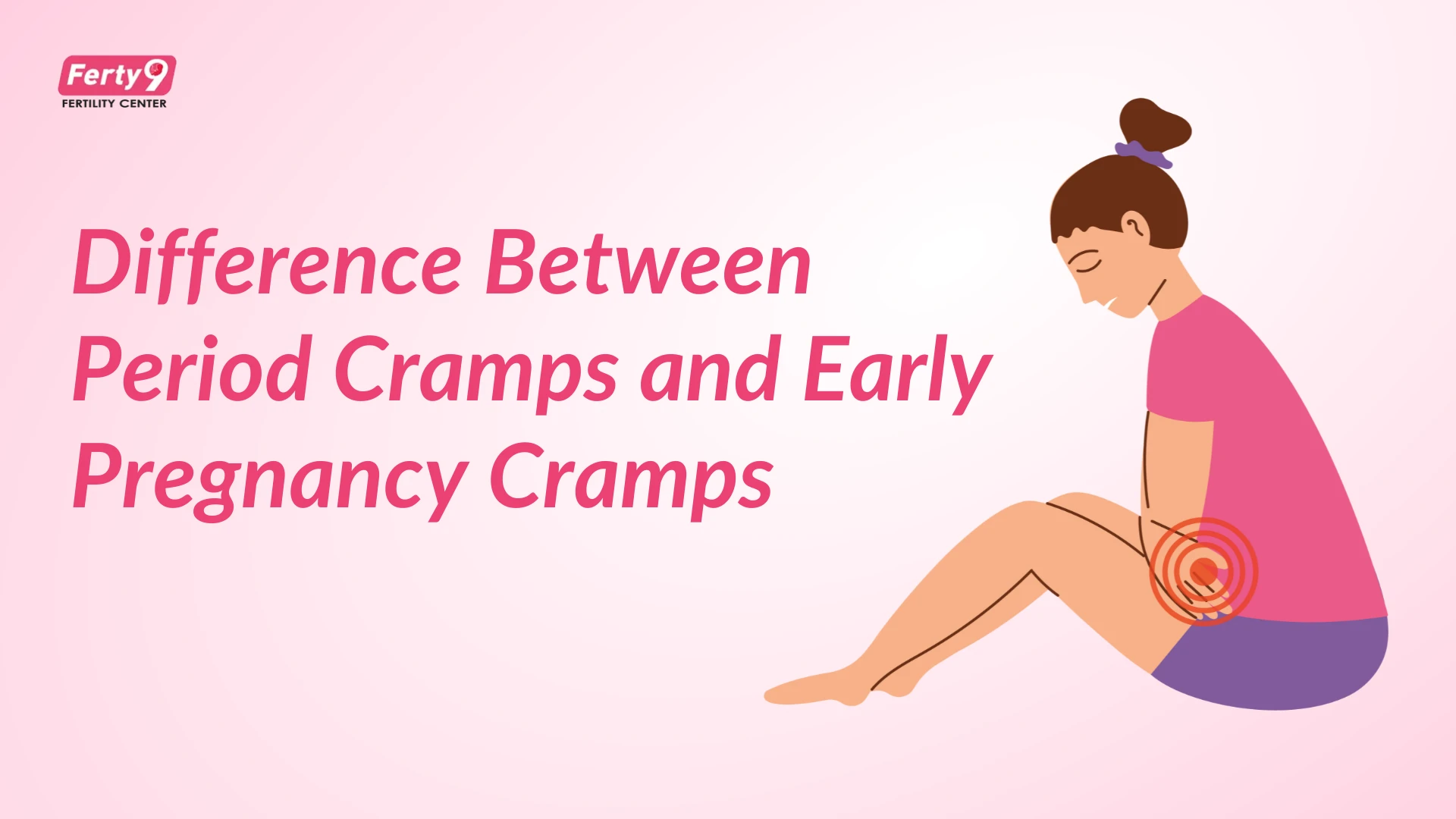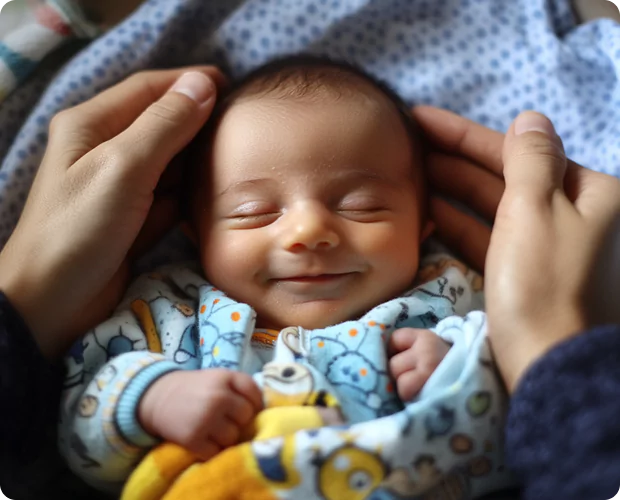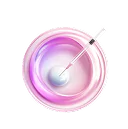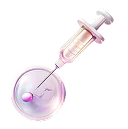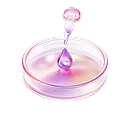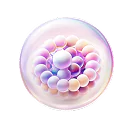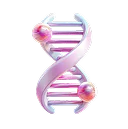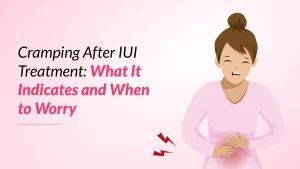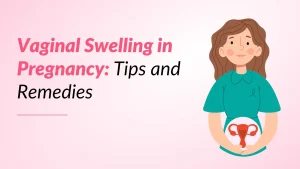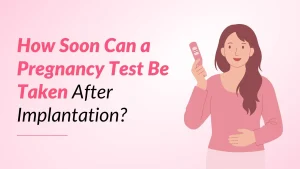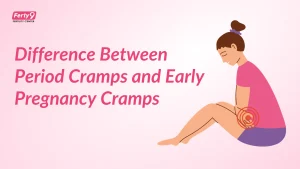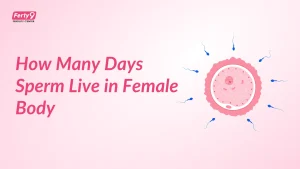For women who are trying to conceive, the two-week wait between ovulation and a missed period can be filled with symptom-spotting and anxiety. Every little twinge or cramp can leave you wondering: is this a sign of my period, or could it be the start of a pregnancy?
Understanding the subtle differences between period cramps and the cramps that can occur in early pregnancy is important. While some symptoms overlap, there are key factors like timing, intensity, and associated signs that can help you understand your body better. Let’s break down the differences.
What Are Period Cramps?
Menstrual cramps, or dysmenorrhea, are a familiar feeling for most women.
A. Causes During your period, your uterus contracts to help shed its lining. These contractions are triggered by hormone-like substances called prostaglandins. Higher levels of prostaglandins are associated with more painful period cramps.
B. Typical Characteristics
- Timing: Period cramps usually begin 1 to 2 days before your period starts and are often most intense for the first couple of days of bleeding.
- Location: The pain is typically felt in the lower abdomen and can often radiate to the lower back and inner thighs.
- Intensity: The pain can range from a mild, dull ache to severe, throbbing cramps that interfere with daily activities.
- Associated Symptoms: They are almost always accompanied by menstrual bleeding, along with other PMS symptoms like bloating, mood swings, and breast tenderness.
What Are Pregnancy Cramps?
Cramping in early pregnancy is also common and is usually a sign that everything is happening as it should be.
A. Causes
- Implantation: As the fertilized egg (embryo) burrows into the wall of your uterus, it can cause mild, temporary cramping. This is known as implantation cramping.
- Uterine Expansion: In the early weeks of pregnancy, your uterus begins to stretch and grow to accommodate the baby, which can cause light, pulling sensations.
- Hormonal Rise: The increase in the hormone progesterone can also contribute to mild cramping.
B. Typical Characteristics
- Timing: Pregnancy-related cramps, especially from implantation, typically occur 6 to 12 days after ovulation—often a few days before you would expect your period.
- Location: The discomfort is usually felt in the lower abdomen or pelvis, sometimes more centrally located or on one side.
- Intensity: The pain is generally mild, short-lived, and sporadic. Women often describe it as a light “pulling,” “prickling,” or “tingling” sensation, not a deep ache.
- Associated Symptoms: These cramps may be accompanied by light pink or brown implantation spotting, fatigue, nausea (morning sickness), and breast changes.
Main Differences Between Period and Pregnancy Cramps
Here’s a quick summary of the key differences:
| Feature | Period Cramps | Pregnancy Cramps |
| Timing | 1-2 days before and during your period | 6-12 days after ovulation (before a missed period) |
| Pain Type | Aching, throbbing, consistent pain | Mild, pulling, prickling, intermittent |
| Duration | Can last for 2-3 days or more | Usually brief, lasting a few hours to 1-2 days |
| Associated Bleeding | A steady, red menstrual flow | Very light pink or brown spotting, if any |
Spotting the Signs: Implantation Cramps vs. Period Cramps
Implantation cramps feel less like the deep ache of a period and more like a light, fleeting sensation. The biggest clue is often the spotting. Implantation spotting is very light, typically just a few pink or brown spots on your underwear or when you wipe, and it only lasts for a day or two. A period, on the other hand, starts light but quickly becomes a steady, red flow.
If you experience mild cramping and light spotting a week before your period is due, it could be a positive sign. However, the only way to know for sure is to wait and take a pregnancy test after you have missed your period.
Other Conditions That May Mimic Cramps
It’s important to know that other conditions can also cause abdominal cramping, such as:
- Ovulation Pain (Mittelschmerz): A sharp pain on one side of the abdomen that occurs mid-cycle when an egg is released.
- Ovarian Cysts or Fibroids: These can sometimes cause pelvic pain.
- Ectopic Pregnancy: This is a serious condition where a fertilized egg implants outside the uterus. Red flags include severe, sharp, one-sided pain, dizziness, and shoulder pain. If you experience these, seek medical help immediately.
Tips to Manage Cramps Safely
- For Period Cramps: A heat pack or hot water bag on your abdomen, gentle exercise, and over-the-counter pain relievers can provide relief.
- For Pregnancy Cramps: If you suspect you might be pregnant, it’s best to stick to safe, gentle remedies. Try resting, staying hydrated, changing positions, and taking a warm bath. Avoid taking any painkillers (especially NSAIDs) unless you have consulted with your doctor.
When to Seek Medical Advice
While mild cramping can be normal, you should always contact your doctor at Ferty9 if you experience:
- Severe pain that is not relieved by simple remedies.
- Heavy bleeding.
- Any cramping accompanied by dizziness, fever, or unusual discharge.
- Any cramping at all after getting a positive pregnancy test, just to be safe.
Summary
Distinguishing between period and pregnancy cramps can be tricky, but paying attention to the timing, intensity, and associated symptoms can offer valuable clues.
- Period cramps are usually stronger, occur right before and during bleeding, and feel like a familiar ache.
- Pregnancy cramps are typically milder, happen earlier, and may be accompanied by light spotting.
Tracking your symptoms can help you become more attuned to your body’s signals. When in doubt, a pregnancy test after a missed period is the most reliable answer, and professional medical advice from your Ferty9 team is always your best resource.
